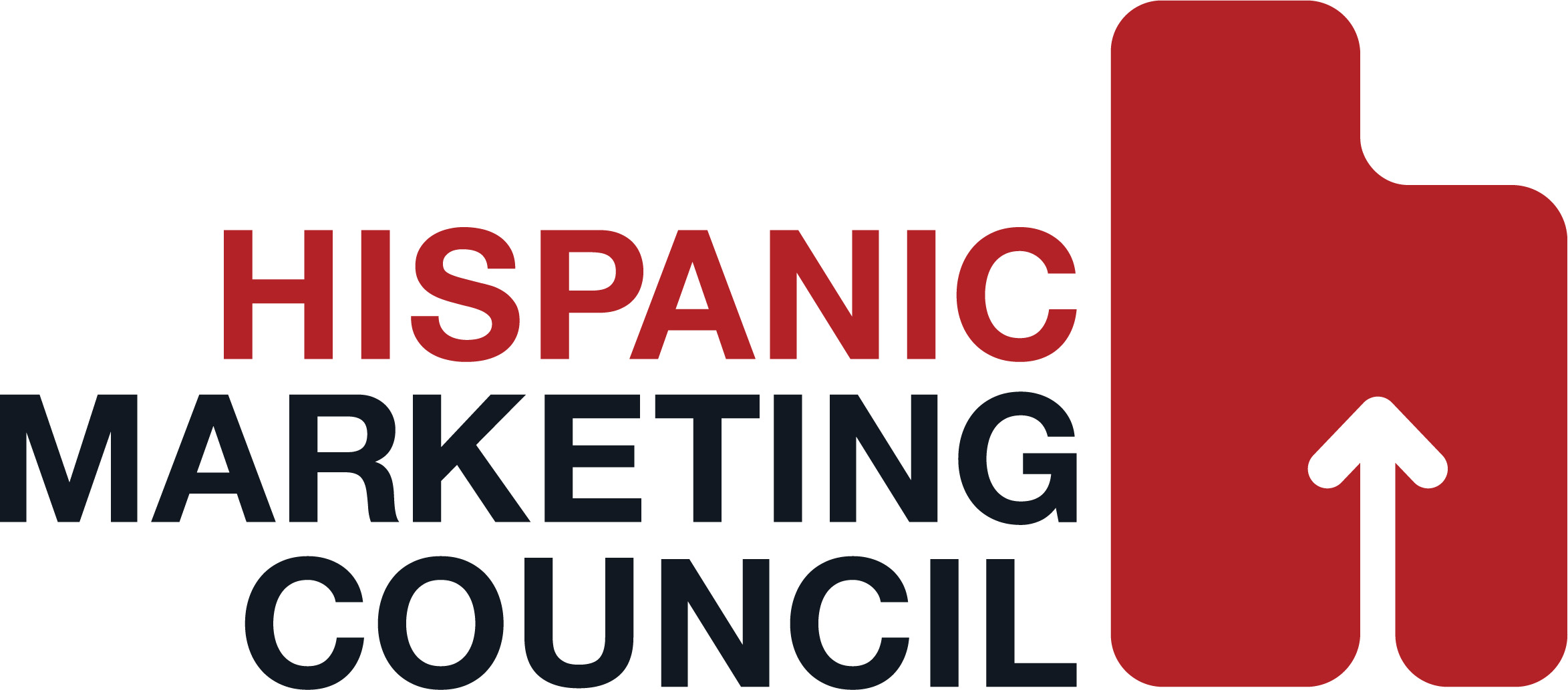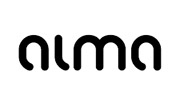Wireless Carrier & Distribution Trends, Acquisition Costs & Commissions.
May 23, 2005
About 60% of wireless carrier sales come through direct channels – 40% through indirect channels, reports In-Stat. While carriers prefer sales through their own direct channels because Average Revenue Per User (ARPU) is higher and subscriber acquisition costs are slightly lower, they continue to grow the number of both direct and indirect retail outlets to increase their market reach, the high-tech market research firm says. One-quarter of sales are made through kiosks today. These findings come from a February 2005 In-Stat study conducted to understand the relationships between carriers and their sales channels. The report is based on 55 surveys with U.S. wireless service providers and 105 with firms in their distribution channels.
According to Becky Diercks, Director & Principal Analyst and author of the study, “In contrast to carriers, indirect distribution channels are making money on selling subscriptions to all types of services. The highest profit is from W-CDMA/UMTS subscribers, and the least amount of profit is from CDMA 1xRTT subscriptions. The amount gained from the handsets themselves is pretty much a wash – indirect channels really make their money from activation commissions.”
A recent report by In-Stat found the following:
Most wireless carriers break even on CDMA and GSM handsets. Carriers make somewhat of a profit on GSM/GPRS, GSM/EDGE, W-CDMA (UMTS), CDMA 1xRTT EVDO and iDEN handsets, and lose money on TDMA handsets.
There is a nascent trend toward exclusivity, where distribution channels agree to sell one wireless provider’s service. Exclusive distributors typically receive higher compensation and more help with promotions from the carrier.
Expect to see the percentage of subscribers that are acquired and renewed through the Web steadily increase over time.
For more information at http://www.reedbusiness.com



























